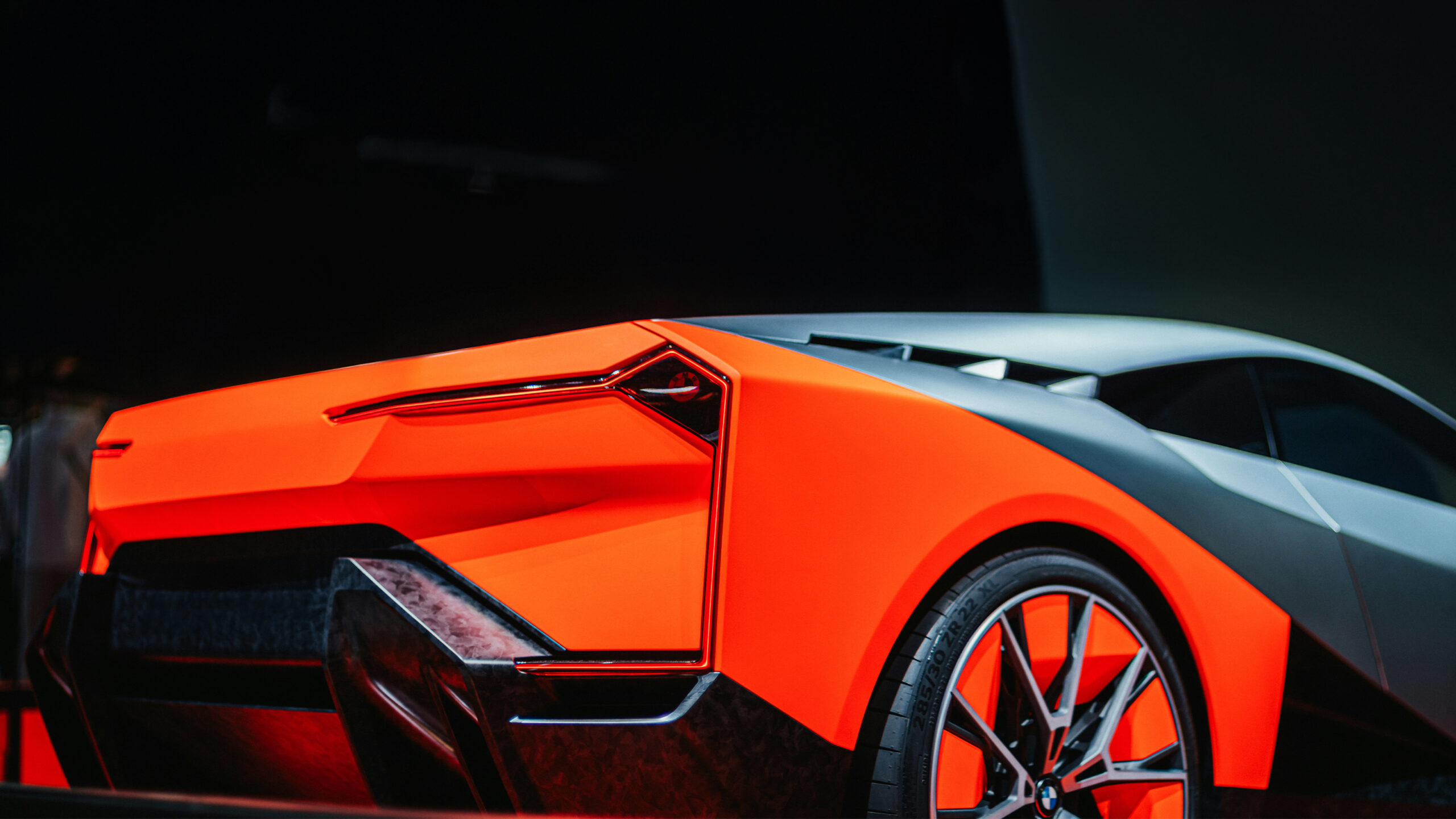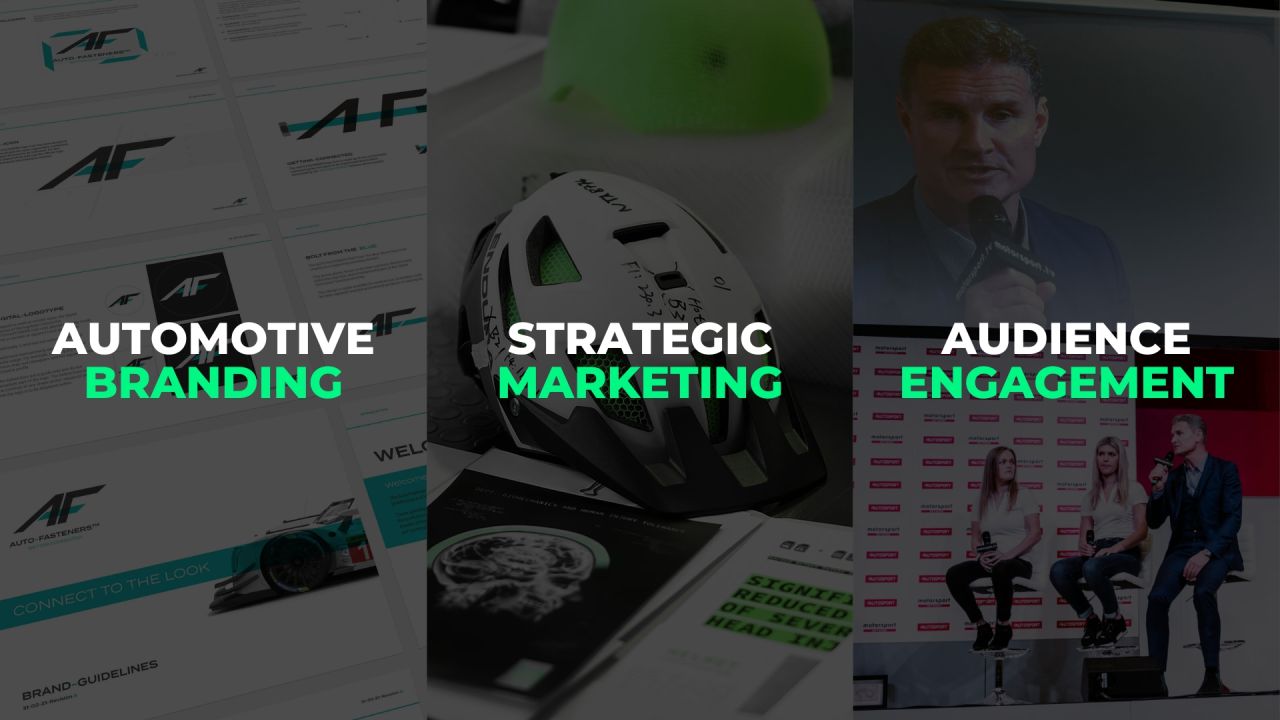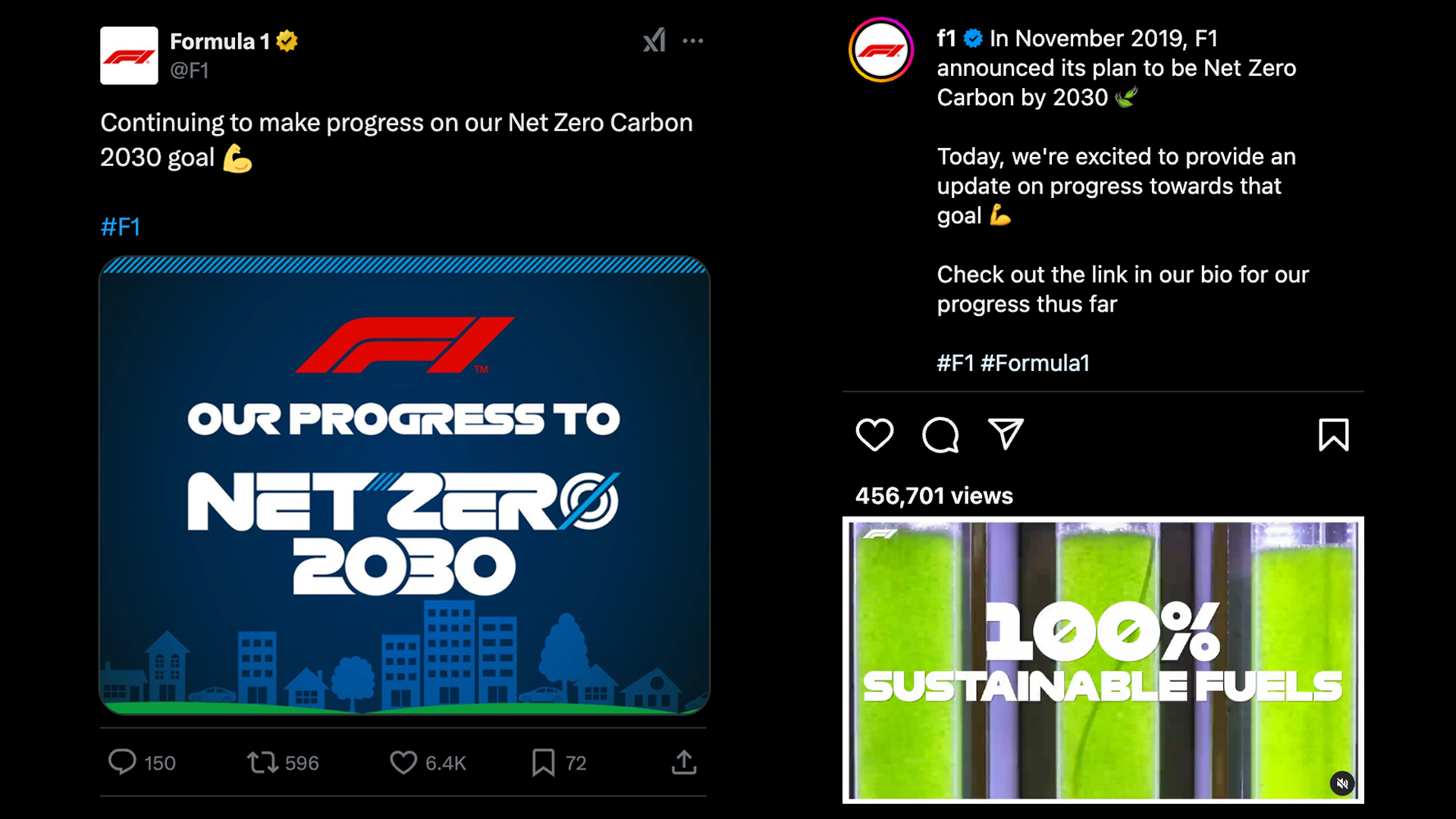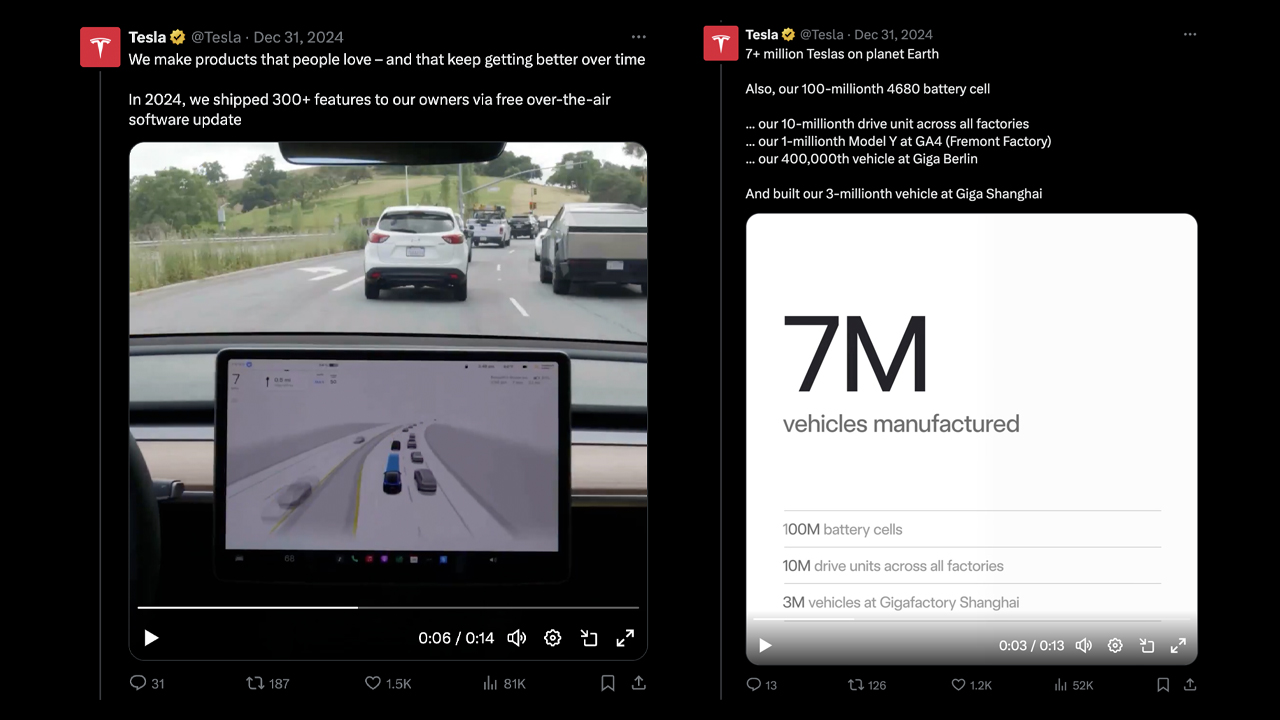It’s time to look ahead to the new and exciting Automotive Marketing Trends that WDA Automotive expect to see in 2025. If you missed last year’s edition, be sure to read it here to see how close our predictions were!
As we head into 2025, the automotive industry faces new challenges and opportunities. The fast-paced evolution of digital marketing technologies means automotive brands must remain agile, adapt quickly, and continuously innovate to stay relevant. At WDA Automotive, we understand how critical it is for automotive companies to leverage emerging trends to their advantage.
Here’s a rundown of the key digital marketing trends for 2025 that your automotive brand can’t afford to miss:
1. AI-Powered Strategies: Enhancing Creativity and Efficiency
Artificial Intelligence (AI) is transforming how automotive brands engage with their audiences. From content creation to customer segmentation, AI-powered tools are streamlining marketing workflows, making it easier to deliver personalised experiences at scale.
In 2025, AI-driven innovations like generative AI tools (ChatGPT, Claude, etc) will enable brands to create hyper-relevant, high-quality content while automating customer interactions, such as chatbots for service inquiries. Predictive analytics will also play an important role in anticipating customer needs, boosting efficiency, and enhancing satisfaction.
However, AI should complement, not replace, your brand’s human touch. Use it to amplify your brand’s unique voice and creativity, ensuring campaigns remain authentic and emotionally resonant.
2. Google’s AI Search Impact: The Shift in Search Engine Rankings
Google’s integration of AI into search engine results pages (SERPs) is reshaping content discovery. AI-powered summaries and featured snippets allow users to find faster, more accurate, and contextually relevant answers to their queries. As a result, businesses must adapt their SEO strategies to align with these changes or risk losing visibility.
Traditional SEO practices, such as keyword stuffing or optimising for broad search terms, are no longer enough. Google’s algorithms now prioritise content that provides immediate value, answers user questions in-depth and demonstrates expertise, authority, and trustworthiness (E-A-T). AI-generated summaries, which often appear at the top of the SERPs, pull concise, structured information from the most relevant sources. This means that your content must not only rank well but it also needs to be optimised to feature in these summaries.
3. Digital Minimalism: Quality Over Quantity
In an age of information overload, consumers are becoming more selective about what they engage with online. Enter digital minimalism: the practice of cutting through the noise and delivering clear, focused, and high-quality content that resonates with your audience.
For automotive brands, this means prioritising value-driven messaging over constant promotions. Whether it’s sleek web design, intentional social media campaigns, or storytelling-driven advertising, focusing on clarity and relevance is the key to leaving a lasting impression on your audience.
WDA’s new website is the perfect example of how to do this!
4. Video Dominance: Tapping into the Power of Visual Storytelling
Video content is almost certain to reign supreme in 2025, just like it did in 2024. As video consumption skyrockets across platforms like YouTube, Instagram, and TikTok, automotive brands have an unprecedented opportunity to connect with their audiences in visually compelling ways.
From short-form videos on social media to in-depth YouTube reviews and live streaming, video allows you to showcase your vehicles in action, highlight their features, and build an emotional connection with potential buyers. The key is to create high-quality, platform-specific videos that speak to the preferences of your audience.
For example, TikTok and Instagram Reels are perfect for quick, engaging content, while longer YouTube videos can dive into product details, customer stories, and behind-the-scenes looks at your brand. Live streaming also offers real-time interaction with your audience, creating a sense of urgency and excitement.
5. Meaningful Engagement: Building Authentic Relationships
As digital marketing continues to evolve, one thing remains unchanged: consumers want authentic relationships with brands. In 2025, it’s not enough to push out content and hope for conversions. To build a loyal following, automotive brands need to engage with their audience on a deeper level.
This means prioritising personalised communication, responding to feedback, and creating opportunities for customers to interact with your brand. User-generated content campaigns, social media polls, and direct responses to customer inquiries all contribute to building trust and fostering a strong brand community.
By prioritising real, meaningful engagement, your brand can cultivate long-lasting customer loyalty and create a community of passionate advocates.
6. Sustainability: Green Automotive Marketing is Here to Stay
Consumers are increasingly prioritising sustainability in their purchasing decisions, and this trend is particularly strong in the automotive industry. With the rise of electric vehicles (EVs) and a growing focus on eco-friendly production, automotive brands need to showcase their commitment to sustainability.
In 2025, your green marketing strategy should go beyond simply talking about eco-friendly vehicles. Highlight your company’s overall sustainability efforts, from reducing carbon emissions to supporting renewable energy initiatives. Consumers are becoming more discerning, and they want transparency about a brand’s environmental impact.
7. Voice Search Optimisation: Get Found in the Age of Virtual Assistants
Voice search is set to become a dominant force in 2025. With the increasing use of smart speakers, virtual assistants, and voice-activated search on mobile devices, automotive brands need to optimise their content for voice search.
Voice search queries tend to be more conversational and often focused on local intent. This means that your SEO strategy should focus on long-tail keywords, local search optimisation, and providing clear, concise answers to questions. For example, instead of ranking for broad keywords like “car dealer,” your content should answer specific, voice-search queries such as “Where can I find a reliable car dealer near me?”
8. Augmented Reality (AR) & Virtual Reality (VR): Creating Immersive Experiences
As technology continues to advance, AR and VR are making their way into automotive marketing. These immersive technologies allow customers to interact with your products in a way that traditional advertising can’t match.
In 2025, AR and VR will offer exciting opportunities for automotive brands to engage customers. For example, AR can let potential buyers virtually “place” a car in their driveway, while VR can provide a fully immersive test-drive experience without ever leaving the showroom. These technologies are transforming the way people shop for cars and helping brands stand out in a crowded marketplace.
9. Data-Driven Marketing: Personalisation at Scale
In 2025, data will continue to be the backbone of successful automotive marketing strategies. With advancements in data analytics, brands now have access to deeper insights into customer behaviour, preferences, and purchasing patterns. By leveraging this data, automotive brands can create highly personalised marketing campaigns that speak directly to individual customer needs.
Whether through targeted social ads, personalised email campaigns, or dynamic website content, data will enable automotive brands to deliver the right message at the right time to the right person.
10. Location Performance Optimisation (LPO): Hyper-Targeting Local Audiences
Location Performance Optimisation (LPO) is transforming local marketing in the automotive sector. With the power of AI-driven analytics and unified insights, LPO allows brands to optimise their campaigns for specific regions, driving targeted traffic to dealerships and increasing local sales.
In 2025, the ability to hyper-target local audiences will be crucial. By using LPO, automotive brands can optimise their local marketing efforts, ensuring the right message reaches the right audience at the right time.
11. Zero-Click Search Dominance: Capturing Attention in the SERP Arena
The search landscape has undergone a tectonic shift, with 70% of automotive-related queries now answered directly on Google’s results page. This zero-click reality demands a reimagining of traditional SEO tactics. Forward-thinking brands like Hyundai have adapted by structuring content to directly answer high-intent questions such as “How do EV tax credits work in 2025?” within the first 100 words of their pages. The strategy involves crafting concise, data-rich explanations that mirror the conversational tone of voice searches, enabling Google’s algorithms to easily extract key details for featured snippets.
Recent innovations in schema markup have proven particularly effective for automotive marketers. By embedding structured data that highlights vehicle specifications, ownership costs, and safety ratings, dealers can populate rich snippets that appear in both traditional and AI-powered search results. For example, Kia’s 2025 Telluride product page saw a 40% increase in branded search impressions after implementing review schema that surfaces star ratings and expert endorsements directly in search listings.
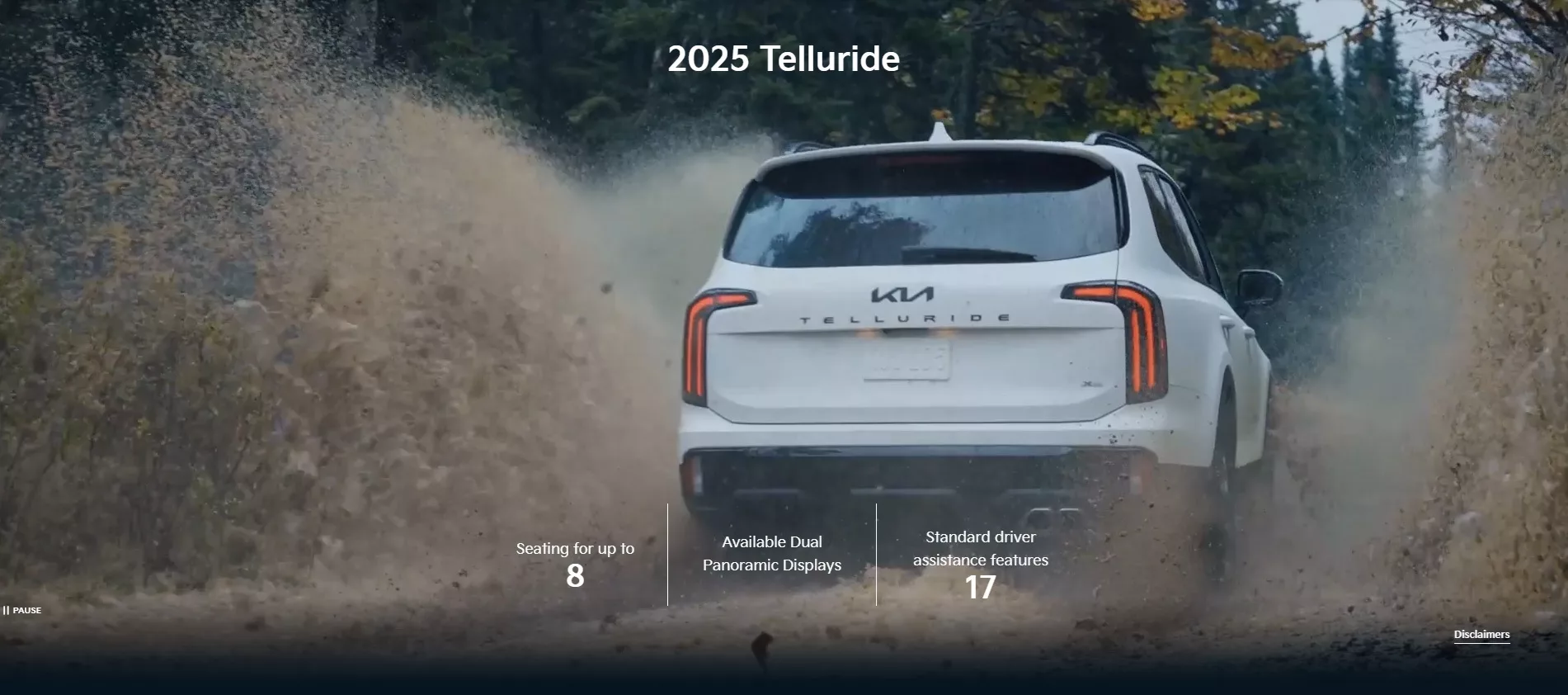
Automotive Marketing Trends -Telluride
12. First-Party Data Harvesting: Building Trust in a Cookieless Era
With third-party cookies fully deprecated, automotive marketers are pioneering privacy-compliant tracking methods that deepen customer relationships. Subaru’s 2025 Wilderness Edition campaign exemplifies this shift, leveraging test-drive sign-ups to build a permission-based marketing database. By offering value exchanges like free off-road trail maps via SMS, the campaign achieved a 62% opt-in rate, enabling personalised retargeting across email and social platforms.
Server-side tracking has emerged as a cornerstone technology, with tools like Google’s Privacy Sandbox allowing dealers to analyse user behaviour without compromising privacy. BMW’s European division recently reported a 28% improvement in campaign attribution accuracy after migrating to server-side data collection, which bypasses ad-blockers and provides cleaner conversion pathways. The approach pairs technical innovation with transparent communication—a critical differentiator as 83% of car buyers now prioritize brands that clearly explain data usage.
13. Vehicle Subscriptions 2.0: Flexibility as a Competitive Advantage
The subscription model has evolved beyond basic access, with 2025 projections showing 68% of millennial buyers considering subscriptions as their primary vehicle acquisition method. Mercedes’ groundbreaking FlexDrive program illustrates this transformation, offering subscribers the ability to swap between an electric EQS sedan for weekday commutes and a G-Class SUV for weekend adventures—all while bundling insurance and maintenance into a single monthly payment.
Emerging technologies are fueling subscription growth, particularly in the luxury segment. Porsche’s “Performance Pass” tier now includes over-the-air upgrades that temporarily boost horsepower for track days, while Volvo’s Care by Volvo program integrates AI-powered maintenance predictions that schedule service visits based on real-time vehicle diagnostics.
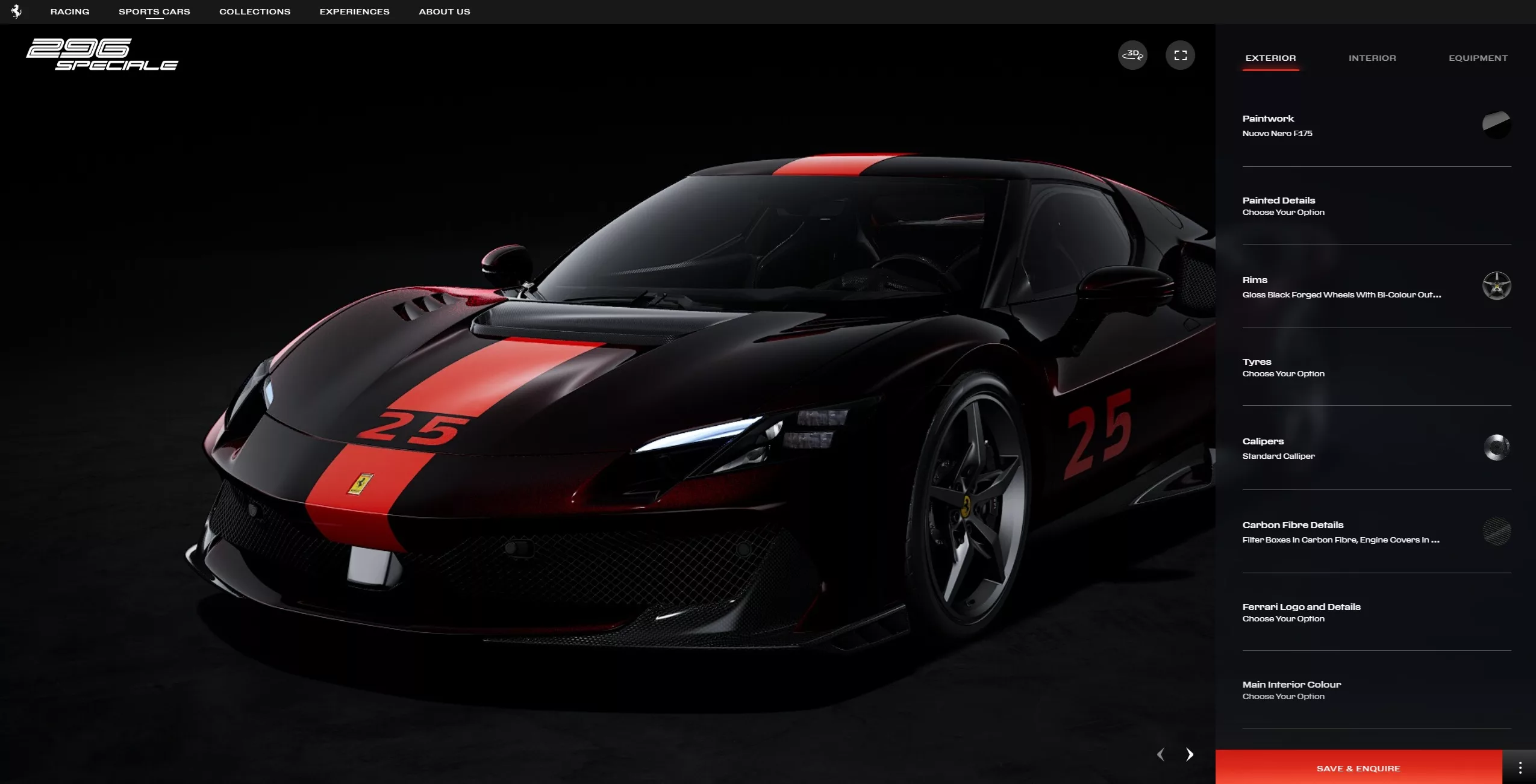
Automotive Marketing Trends – Ferrari’s AI configurator
14. Predictive Personalisation: AI That Knows Your Drivers
Artificial intelligence has transformed personalisation from reactive guesswork to anticipatory science. Ford’s AI engine analyses a matrix of signals—from service history to YouTube viewing patterns—to predict when F-150 owners might be considering an upgrade to the Lightning EV. By cross-referencing ownership duration with regional charging infrastructure growth, the system triggers tailored lease offers that have reduced customer acquisition costs by 19% compared to traditional email blasts.
Luxury brands are pushing these capabilities further through immersive digital experiences. Ferrari’s AI configurator, powered by Amazon Bedrock, now suggests colour combinations based on a user’s Instagram feed analysis, while Land Rover’s virtual test drives adjust terrain simulations in real-time using local weather data. These hyper-personalised interactions don’t just convert buyers, they create emotional connections, with 74% of users reporting they feel “understood” by brands employing predictive AI.
Conclusion: Embrace the Future of Automotive Marketing
As we move further into 2025, the automotive industry is presented with exciting new opportunities to innovate and engage with consumers in meaningful ways. From AI-driven marketing to the power of immersive technologies like AR and VR, staying ahead of the curve is essential for success. The key to thriving in this ever-evolving landscape lies in blending emerging technologies with authentic, customer-centric strategies.
By embracing these trends – whether it’s personalisation, sustainability, or the power of video content – automotive brands can elevate their digital marketing efforts and position themselves for long-term success.

